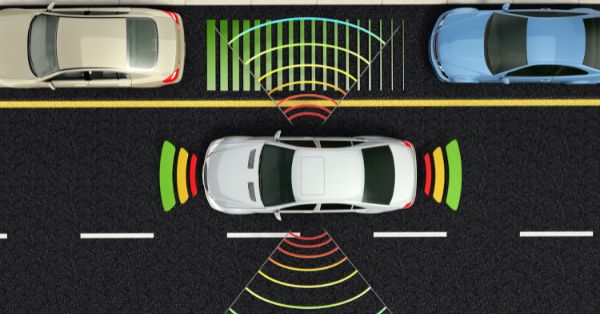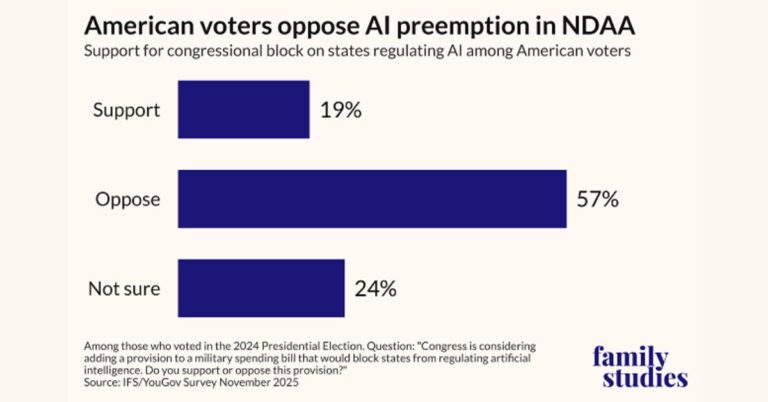Why 5G matters for automotive transformation
Automotive digitization now hinges on 5G’s ability to deliver reliable, low-latency, and scalable connectivity that 4G/LTE cannot sustain for safety-critical use cases.
The latency and reliability gap 4G cannot close
Advanced driver assistance, cooperative perception, and remote operations require millisecond-class response and deterministic reliability across dense traffic conditions. 5G Standalone (SA) with Ultra-Reliable Low-Latency Communications (URLLC), improved positioning, and enhanced uplink meets these thresholds, enabling vehicles and infrastructure to exchange time-sensitive data continuously. This is the foundation for C-V2X, high-fidelity telematics, and closed-loop control that 4G/LTE struggles to support consistently.
Safety, efficiency, and sustainability drivers for 5G mobility
Rising traffic density, logistics inefficiency, and the push to decarbonize transport elevate the need for connected intelligence. 5G enables dynamic traffic orchestration, energy-aware routing for EVs, and advanced safety services that can reduce incidents and congestion. It also unlocks data-driven operations from predictive maintenance to optimized charging in line with smart city and clean transport policy goals worldwide.
From 5G connectivity to real-time control
With massive IoT capacity, 5G supports vehicles, roadside units, sensors, and pedestrians at scale, while network capabilities like slicing and edge computing turn connectivity into real-time control surfaces for transportation systems.
Priority 5G automotive use cases
Multiple 5G-enabled applications are moving from pilots to pre-commercial deployments across corridors and cities.
C-V2X and cooperative safety with 5G
Vehicle-to-Everything (V2X) spans vehicle-to-vehicle, infrastructure, network, and pedestrian interactions. Road hazard alerts, signal phase and timing, and priority requests for emergency vehicles benefit from 5G sidelink and wide-area coverage. As more intersections deploy connected controllers and sensors, cities can improve flow and reduce emissions while automakers deliver safer driving experiences.
5G-assisted autonomy and cooperative perception
5G augments on-board autonomy with near-edge fusion of camera, radar, and lidar data from vehicles and infrastructure. Cooperative perception fills line-of-sight gaps and improves localization. Cloud connectivity supports HD map updates and fleet-level learning, while 5G SA and edge processing keep decision loops local where latency is critical.
5G infotainment, OTA updates, and in-vehicle services
High-throughput 5G enables premium media, gaming, and personalization, but the bigger prize is secure over-the-air updates, feature activation, and usage-based services. Reliable uplink and precise positioning open new data products for insurers, fleets, and mobility operators.
5G reference architecture and enablers
Delivering these outcomes requires an end-to-end design that spans radio, core, edge, security, and lifecycle operations.
5G SA, network slicing, and slice roaming
Standalone cores with URLLC, improved uplink, and positioning provide the baseline for automotive-grade performance. Network slicing isolates safety, infotainment, and telematics on distinct QoS profiles; cross-operator slice roaming and interop will be essential for cross-border corridors. RedCap can connect cost-sensitive sensors and accessories without overprovisioning.
MEC at the roadside and cloud integration
Multi-access edge computing near intersections, depots, and highways hosts perception, low-latency analytics, and C-ITS functions. Central clouds aggregate fleet learning, digital twins, and AI model management. A hybrid patternlocal decisions at the edge, global optimization in cloud balances performance and cost.
Security, compliance, and OTA lifecycle
Security must cover in-vehicle networks, keys for V2X messages, and secure boot and update chains. Compliance frameworks such as UNECE R155/R156 and ISO 21434 drive secure-by-design practices. 5Gs capacity and reliability enable frequent, delta-based OTA updates, but staged rollouts and rollback plans remain critical for safety.
Ecosystem, standards, and 5G partnerships
Scale comes from cross-industry coordination among standards bodies, infrastructure vendors, automakers, and public agencies.
3GPP Rel-16 to Rel-18: V2X sidelink and positioning
3GPP enhancements strengthen URLLC, positioning, sidelink for V2X, and power efficiency. The first wave of 5G Advanced features in Rel18 improves mobility robustness, uplink capacity, and AI-native optimizationsuseful for congested urban grids and high-speed corridors.
Industry bodies enabling C-ITS interoperability
Groups such as 5GAA, ETSI, ITU, SAE, and ISO are converging on interoperability, certification, and security profiles for cooperative ITS. Their work underpins cross-vendor, cross-border operations and supports procurement confidence for cities and fleets.
Roles of vendors, operators, and hyperscalers
Infrastructure leaders like Ericsson are collaborating with automakers, chip providers, and transport authorities on connected car trials, V2X pilots, and smart traffic systems. Hyperscalers provide edge-cloud platforms, while operators bring nationwide 5G SA, slicing, and service assurance together, forming the execution stack for automotive-grade connectivity.
Roadmap: 2025–2030 outlook for 5G automotive
The next five years will turn focused pilots into corridor-scale deployments while laying the groundwork for 6G-era resilience.
5G Advanced: capabilities to watch
Expect stronger sidelink for dense traffic, sub-meter positioning in more environments, better uplink for multi-sensor vehicles, and energy-aware networking to support EV ecosystems. Network exposure APIs will ease integration with OEM backends and city platforms.
Path to 6G and resilient automotive autonomy
6G research targets higher reliability, tighter integration of AI, and new spectrum options. For automotive, the emphasis is not only speed but dependable performance at scale across mixed environments, with graceful degradation when conditions deteriorate.
Deployment realities and coverage strategies
Continuous coverage along highways and urban grids, hardened edges at intersections, and redundancy across public and private networks will be essential. Hybrid architectures that keep vehicles safe in partial coverage will remain a design mandate.
What should decision-makers do now?
Strategic moves today can de-risk programs and accelerate ROI as standards and networks mature.
Actions for automakers and Tier 1 suppliers
Adopt dual-connectivity strategies combining V2X sidelink and 5G SA; design for secure OTA from day one; build analytics pipelines for fleet learning; and validate service behavior across multiple operators and regions. Align with 3GPP Rel18 features and C-ITS profiles to future-proof platforms.
Actions for telecom service providers
Expand 5G SA coverage along priority corridors, deploy MEC near intersections and logistics hubs, and productize automotive slices with SLA-backed assurance. Invest in slice roaming, exposure APIs, and co-innovation programs with OEMs and cities.
Actions for cities and transport agencies
Plan C-ITS rollouts with 5G backhaul, prioritize high-impact intersections, and align procurements with 5GAA and ETSI profiles. Use phased pilots tied to safety and congestion KPIs, and structure data-sharing frameworks that protect privacy while enabling network optimization.








































